When temperatures plummet, keeping your furry friend cozy becomes a top priority. Here are 15 truths every pet owner should know about keeping their pup warm and happy during the frosty months.
1. Some Breeds Love the Chill, Others Not So Much
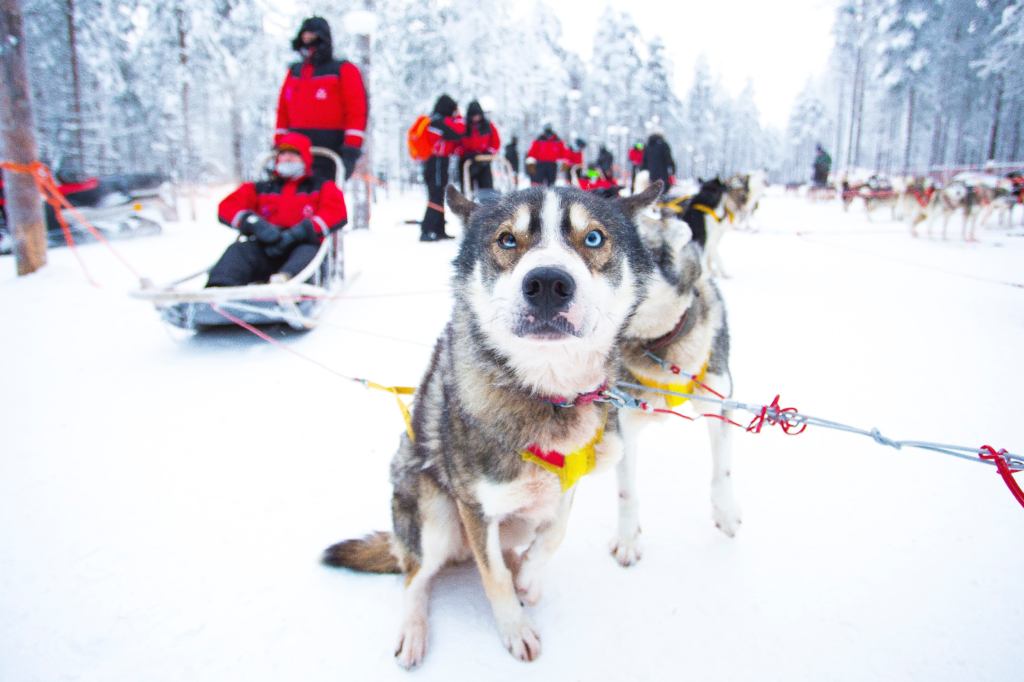
GoodFon
Not all dogs are built for snowball fights. Breeds like Siberian Huskies thrive in cold climates thanks to their dense double coats. On the flip side, Chihuahuas and Greyhounds might feel the chill more keenly due to their thin fur and smaller size. It’s crucial to understand your dog’s breed and natural tolerance for cold weather to cater to their comfort. Pay attention to shivering, lethargy, or lifting paws off the ground—they’re clear signs your pup needs extra warmth. Whether you have a snow-loving fluff ball or a tropical-leaning lapdog, being prepared for their unique needs will make winter more enjoyable for you both.
2. Winter Jackets Aren’t Just a Fashion Statement
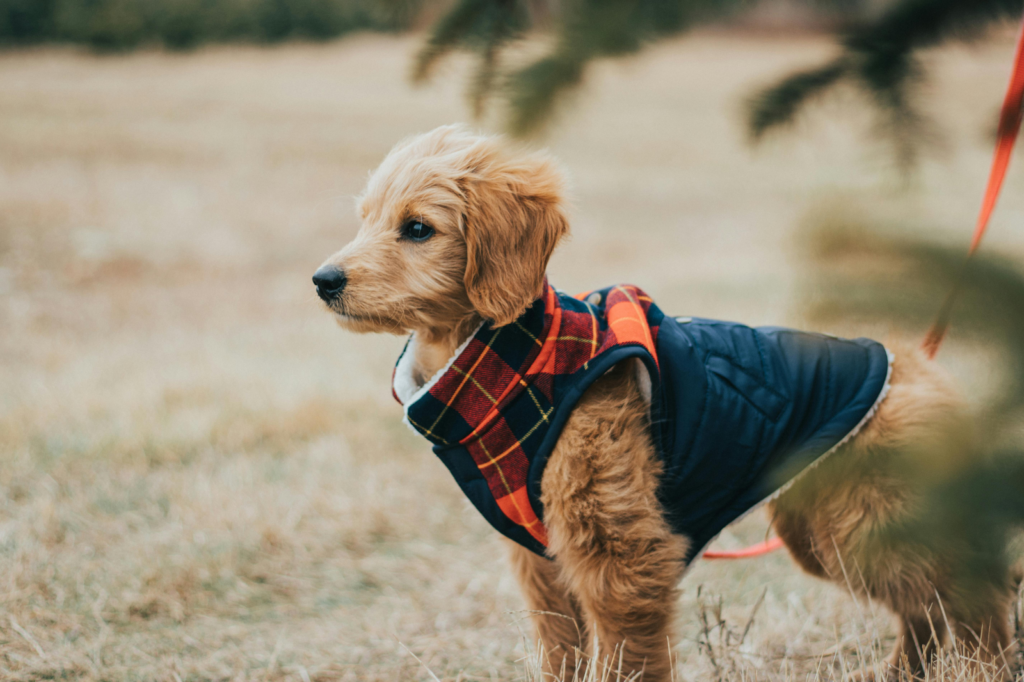
Pexels
Dog coats are more than Instagram-worthy accessories; they’re lifesavers for short-haired or small breeds. Look for jackets that cover their chest and belly while allowing full movement. Waterproof materials are ideal for snowy or wet conditions. Make sure the coat fits snugly but doesn’t restrict breathing or movement. If you’re unsure about sizing, take your dog along for a fitting—yes, it’s a thing! A warm, comfortable coat can make a world of difference in keeping your pup cozy and safe, especially on longer walks or during frigid weather.
3. Paw Protection Is a Must

iStock/K R E M
Snow, ice, and road salt can wreak havoc on your dog’s paws. Invest in a good pair of dog booties to shield their pads from frostbite and harmful chemicals. If your pup refuses to wear boots (cue the hilarious paw-shaking), try a paw balm or wax as a barrier. Make it a habit to rinse and dry their paws after walks to remove any irritants. Keeping their paw fur trimmed also helps prevent ice balls from forming between their toes. A little extra care goes a long way in keeping those paws healthy an0d happy all winter long.
4. Indoor Heating Isn’t Always Enough
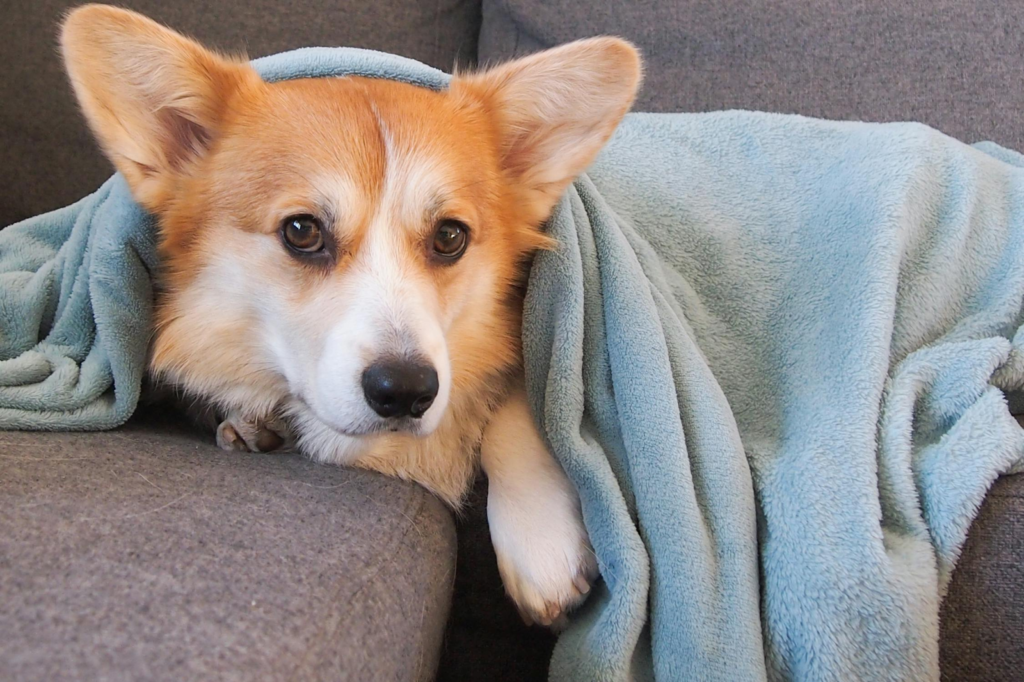
Pexels
Even if your home feels toasty to you, your pup might need a little extra warmth. Smaller or older dogs, in particular, can struggle to stay warm indoors. Consider providing a cozy dog bed with thermal layers or a heated pad designed for pets. Position their bed away from drafts, cold floors, or uncarpeted areas. Blankets are a simple yet effective addition—they love snuggling under them just as much as we do! Keeping their sleeping area warm ensures restful naps and comfortable nights.
5. Hydration Is Just as Important in Winter
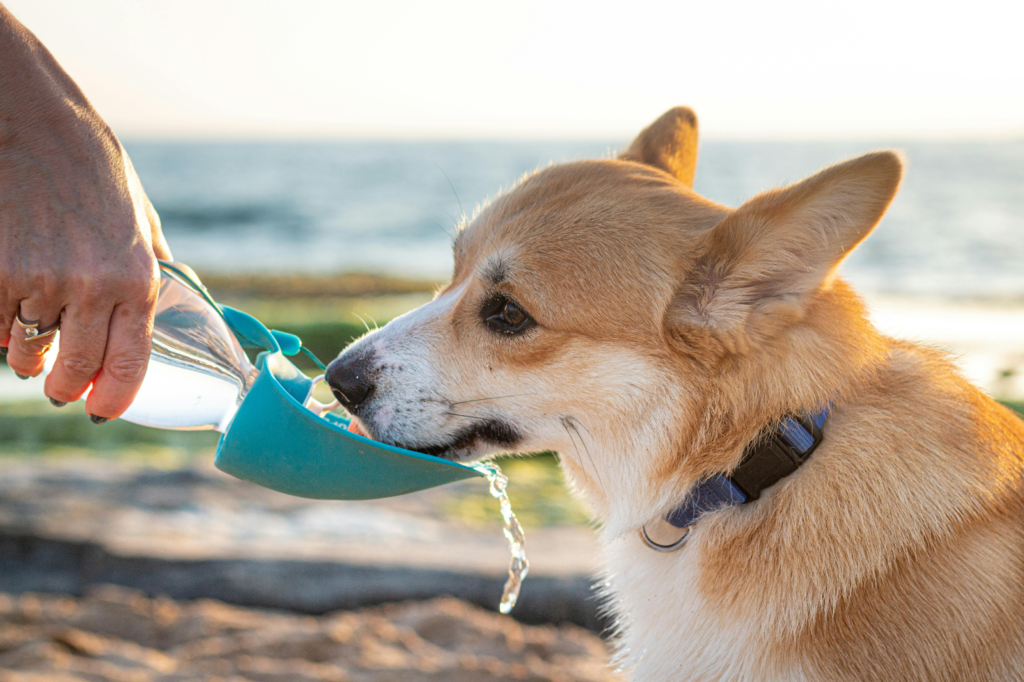
Pexels
It’s easy to overlook water intake when it’s not sweltering outside, but dogs still need to stay hydrated in the winter. Dry indoor heating and cold air can dehydrate your pup just as much as summer heat. Ensure their water bowl is always full and, if they’re outside, make sure the water doesn’t freeze. Adding a splash of warm water or low-sodium broth can encourage them to drink more, especially when the weather is particularly icy. Hydration keeps their energy levels up and supports healthy skin and fur during the colder months.
6. Overfeeding Can Do More Harm Than Good
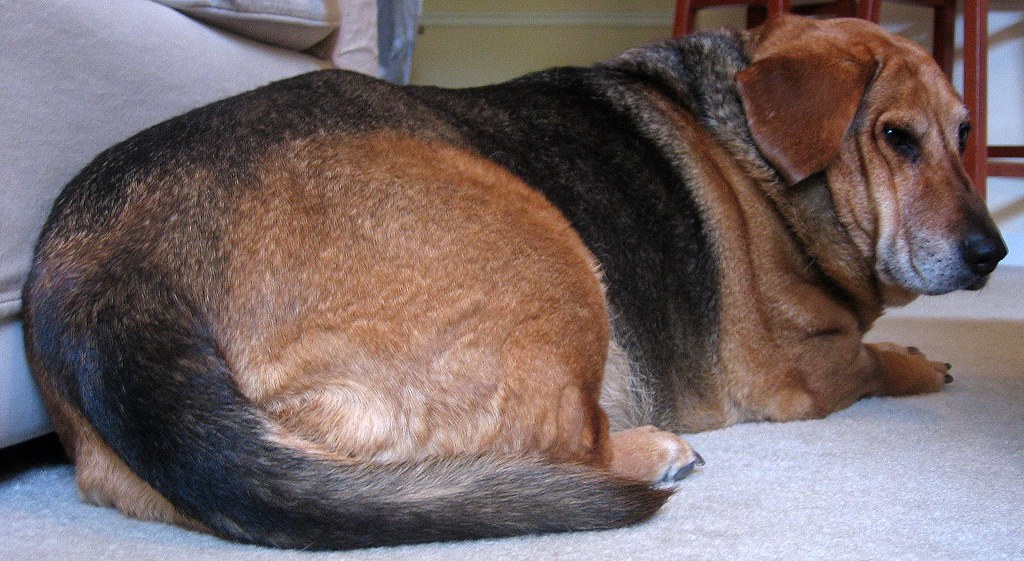
Flickr
It’s a common misconception that dogs need extra food to “bulk up” for winter. While some active breeds may require slightly more calories to maintain energy in cold weather, many indoor pets need the same portions as usual. Overfeeding can lead to weight gain, which isn’t ideal for their overall health. Focus on a high-quality diet that supports their coat and skin health. Omega-3-rich foods or supplements can be especially helpful for combating dry, itchy winter skin. When in doubt, consult your vet to ensure your pup is getting the right nutrition.
7. Keep Playtime Active but Safe
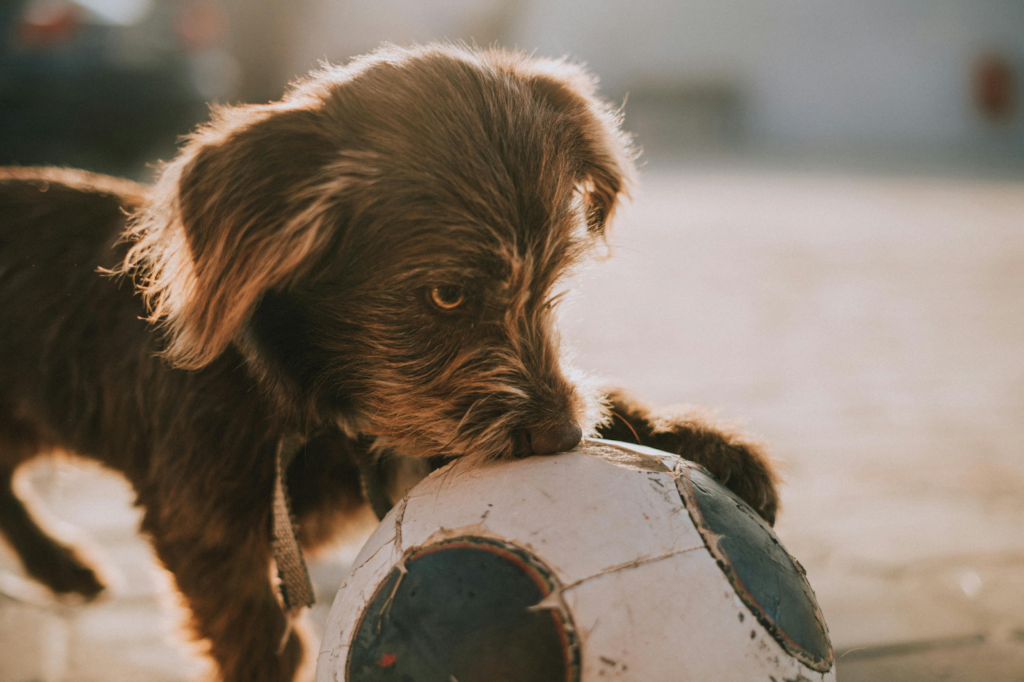
Pexels
Cold weather doesn’t mean playtime has to stop, but it does mean making some adjustments. Limit outdoor play sessions to shorter bursts if the temperature is dangerously low. Dogs can suffer from frostbite and hypothermia, just like humans. Indoor games like tug-of-war, fetch, or puzzle toys are great alternatives to burn off energy without exposing them to the cold. If your pup loves the outdoors, ensure they’re appropriately dressed and take frequent breaks to warm up. Active play keeps them physically fit and mentally stimulated during the winter months.
8. Senior Dogs Need Extra TLC

RawPixel
Older dogs often feel the effects of winter more intensely due to arthritis or other age-related issues. The cold can exacerbate joint pain, so consider adding extra padding to their bed or using a heated blanket made specifically for pets. Joint supplements or anti-inflammatory treatments (with vet approval) can help ease discomfort. Gentle indoor exercises, like walking on carpets or yoga mats, keep them mobile without the risk of slipping on ice. Paying attention to their comfort and health needs can make winter much easier for your senior companion.
9. Beware of Hypothermia and Frostbite
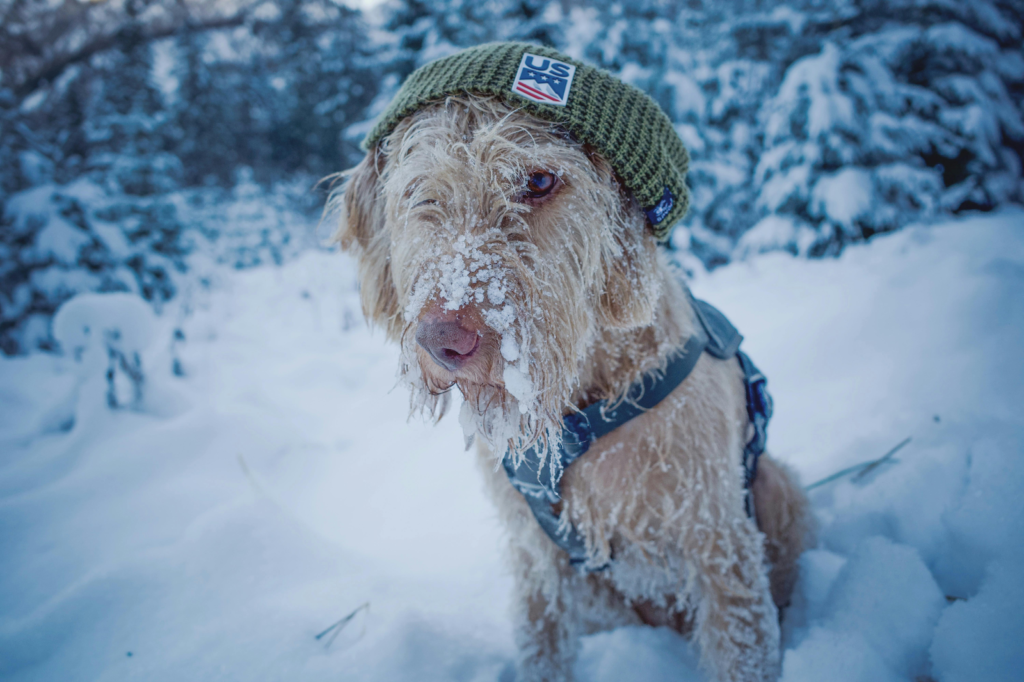
Pexels
Hypothermia and frostbite are real dangers for dogs in cold climates. Hypothermia occurs when their body temperature drops too low, causing symptoms like shivering, lethargy, and pale gums. Frostbite often affects ears, paws, and tails, leading to discolored or frozen skin. Always monitor your dog during outdoor activities and never leave them outside for long periods. If you suspect either condition, warm them gradually and seek immediate veterinary care. Prevention is key—keeping your dog adequately clothed and limiting exposure during extreme weather can save their life.
10. Reflective Gear Is a Lifesaver
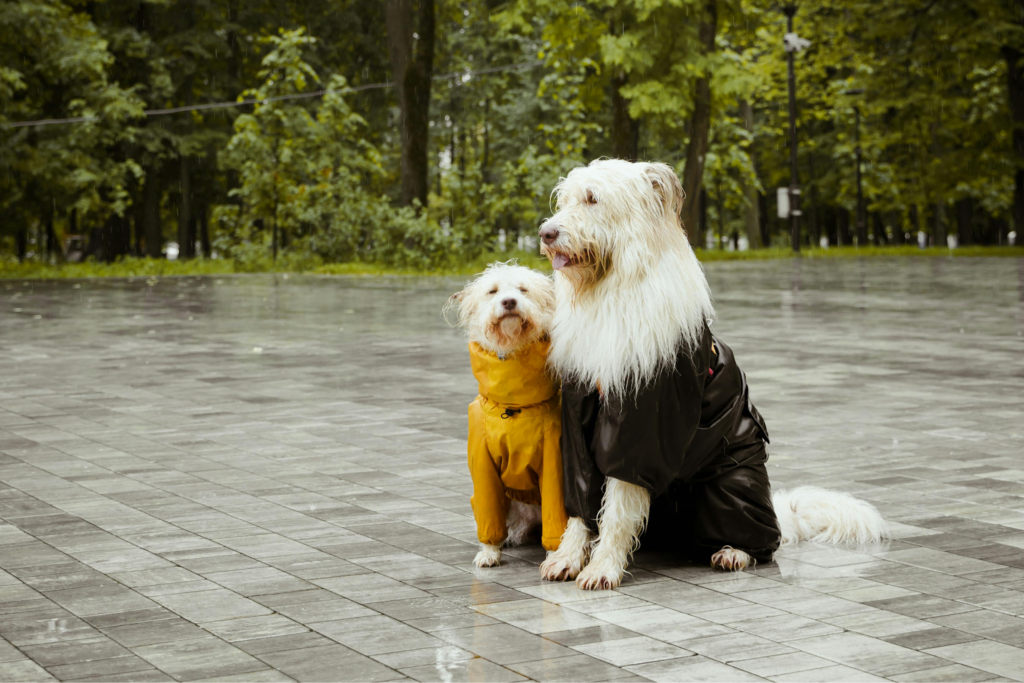
Pexels
Winter means shorter days and longer nights, making visibility a challenge. Reflective collars, leashes, or jackets ensure that both you and your pup are visible to drivers and other pedestrians. Flashing LED lights attached to their collar are another great option for evening or early morning walks. Safety should always come first, especially when icy roads and dim lighting are part of your daily routine. Investing in reflective gear isn’t just practical—it could prevent accidents and keep your winter walks worry-free.
11. Moisturize Their Skin and Paws

NegativeSpace
Cold weather and dry indoor heat can lead to itchy, flaky skin for dogs. Regular brushing helps distribute their natural oils and keeps their coat healthy. You can also apply a dog-safe moisturizer to their paws and nose to prevent cracking and irritation. Avoid over-bathing your pup during winter, as it can strip their skin of essential oils. If a bath is necessary, use a moisturizing shampoo and conditioner designed for dogs. A little extra grooming attention can keep their skin feeling soft and hydrated despite the winter dryness.
12. Know When to Say No to Outdoor Walks
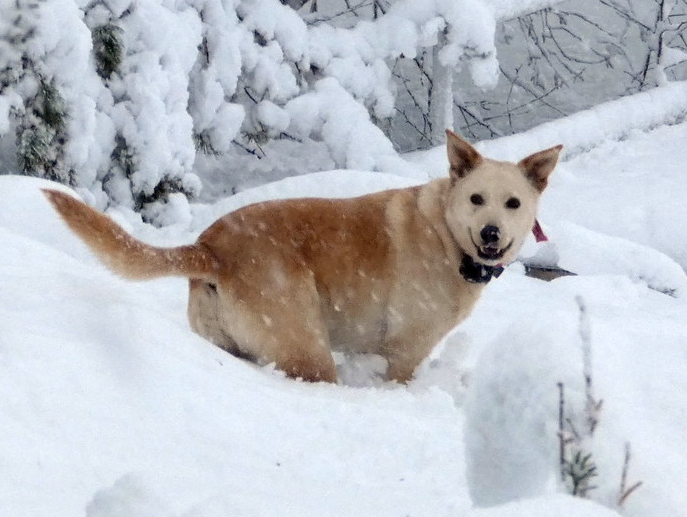
Flickr
Sometimes, it’s simply too cold for a walk, even with all the gear in place. If the temperature or wind chill drops to dangerous levels, it’s better to skip the outing altogether. Look for indoor alternatives to keep them active, like stair climbing or interactive toys. Remember, frostbite and hypothermia can set in quickly during extreme weather conditions. Your pup might love their daily walk, but their safety always comes first. Trust your instincts and prioritize their health over routine.
13. Snow Can Be a Hidden Hazard
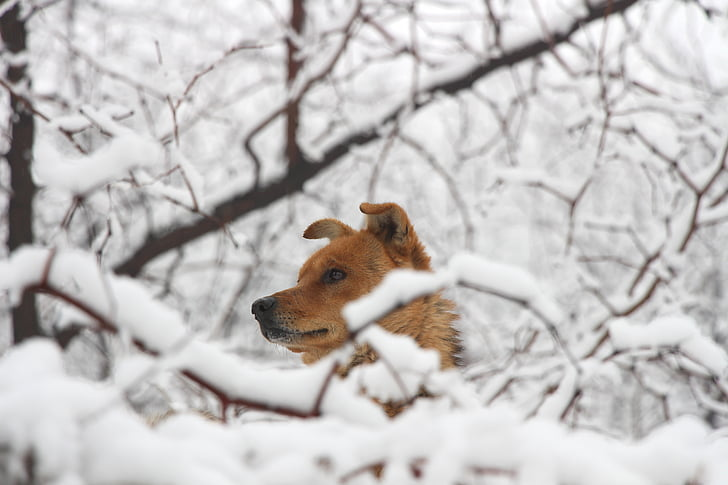
PickPik
While snow play is fun, it can conceal dangers like broken glass, sharp sticks, or even harmful chemicals like antifreeze. Always keep an eye on where your dog is stepping and sniffing. If they’re prone to eating snow, discourage the habit—it might be mixed with toxic substances. Keep walks and playtime in familiar, safe areas, and always inspect your dog for any injuries or irritants after outdoor adventures. Staying vigilant ensures that your winter fun remains hazard-free.
14. Dogs Can Get Cabin Fever Too
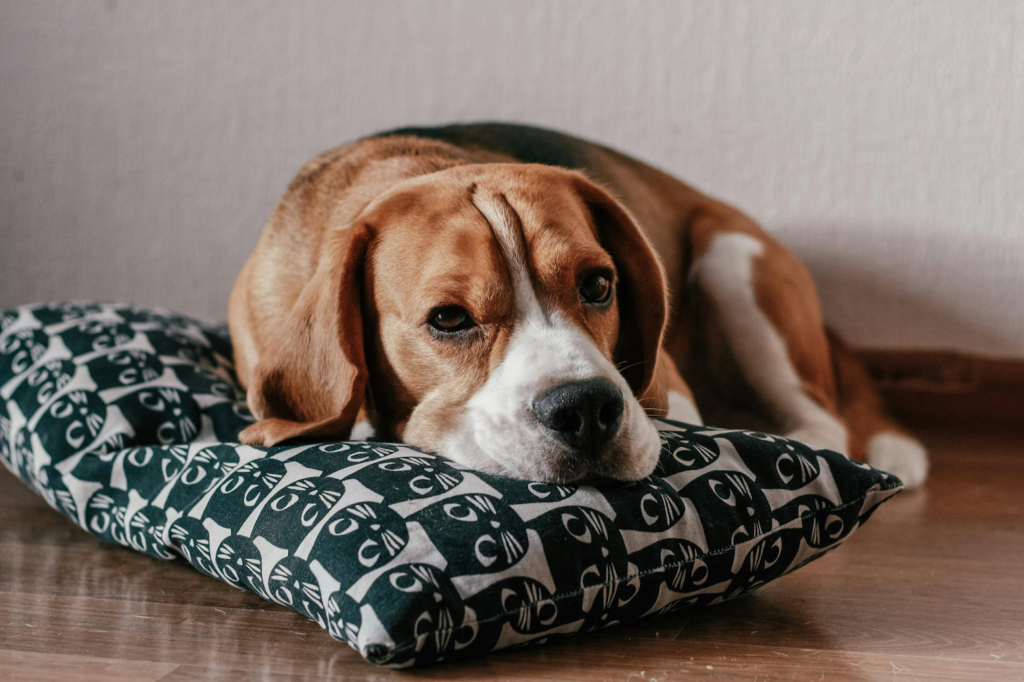
Pexels
Spending more time indoors during winter can lead to boredom or restlessness for your pup. Mental stimulation is just as important as physical exercise. Use puzzle feeders, teach them new tricks, or rotate their toys to keep them engaged. A happy, stimulated dog is less likely to develop behavioral issues, even when outdoor time is limited. Winter doesn’t have to be dull—get creative and keep your dog’s mind and body active during those cozy days inside.
15. Always Watch for Warning Signs
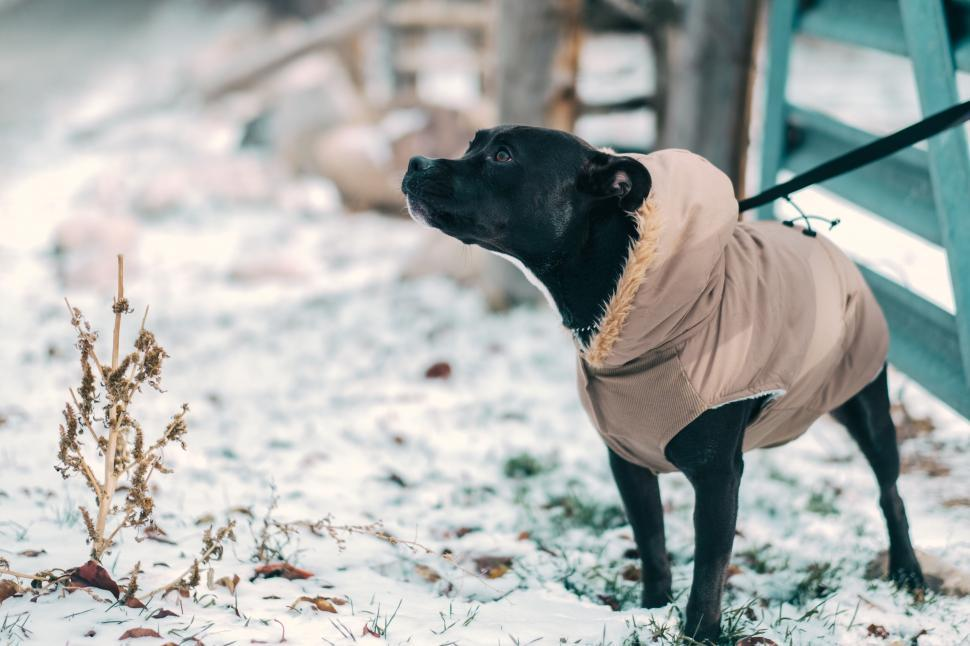
Freerange Stock
Your dog can’t tell you when they’re too cold, so it’s up to you to watch for signs of discomfort. Shivering, whining, or seeking shelter are clear indicators that they need to warm up. In more serious cases, look for lethargy, pale gums, or a drop in body temperature—these could signal hypothermia. Being attentive to your dog’s behavior and knowing when to act can make all the difference in their safety and comfort. Trust your instincts and always err on the side of caution during the winter months.


